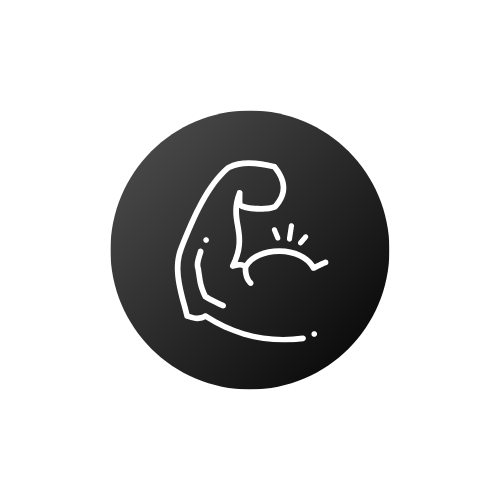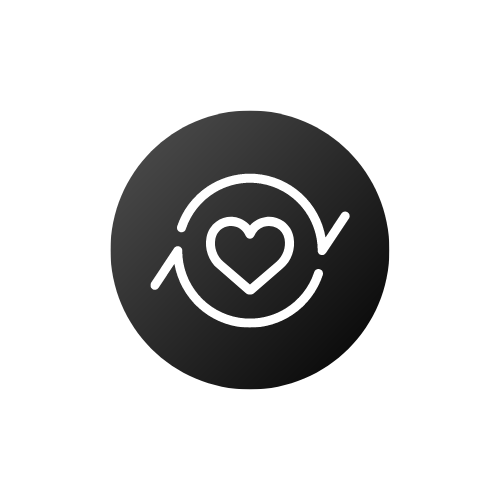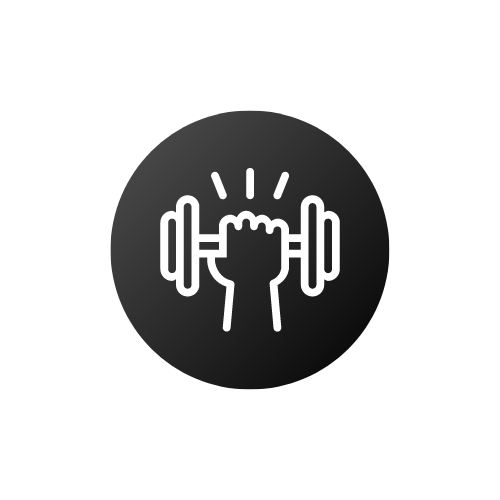Here's what patients and clinicians are saying about using Pulse alongside rehabilitation:
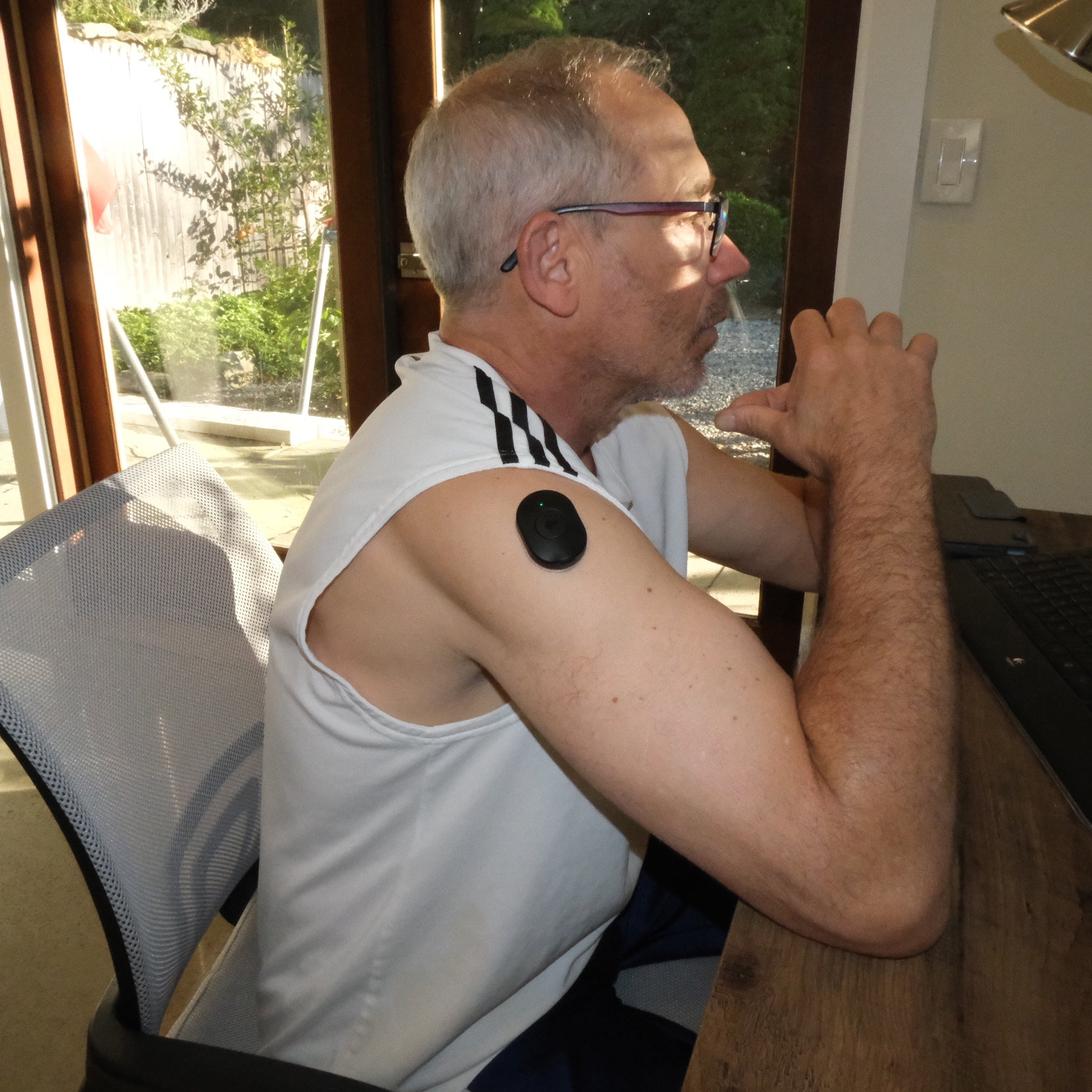
Our tiny yet effective vibration based wearable combines the proven concepts of localized vibration with neuromuscular cues and brings it into a sleek lightweight pod you can use anywhere. Fully controlled by the Pulse Device app, it takes the guesswork out of vibration stimulation by guiding and customizing your intensity and device placement.
The Pulse Device is great for anyone that's trying to improve motor function, strengthen weak muscles, activate stubborn areas, improve flexibility, enhance mind-muscle connection, and/or relieve harsh pain and stiffness. Trusted by everyone, from neuro patients to the world's top clinicians, physical therapists, and beyond.
Shop NowLocal vibration therapy has been shown to help alongside rehab for:
Stroke
Local vibration therapy is a promising rehabilitation method for stroke patients, particularly for improving motor function and reducing spasticity. It involves applying mechanical vibrations to specific muscles or body parts, stimulating neuromuscular receptors and promoting neuroplasticity. This can lead to increased muscle activation, improved motor control, and a reduction in stiffness, which are crucial for stroke recovery. Many stroke patients now use local vibration therapy for improving dorsiflexion to combat drop foot, for enhancing flexibility of their hands, and much more. Learn more about this here.
Multiple Sclerosis
Local vibration therapy has been shown to be a beneficial adjunctive therapy for many individuals with Multiple Sclerosis (MS), particularly for managing pain and spasticity, and potentially improving muscle strength and function. While research on local vibration therapy specifically for MS is still emerging, many studies have shown promising results in improving mobility, balance, and quality of life in MS patients. Many people battling MS now use local vibration therapy for improving dorsiflexion to combat drop foot, for enhancing relief at home, and much more. Learn more about this here.
Parkinson's
Local vibration therapy applied to specific body parts shows promise in alleviating Parkinson's disease symptoms like tremor, stiffness, and slowness, according to the American Parkinson Disease Association. Studies also suggest that localized vibration can help desynchronize neuron firing patterns in the brain, leading to improved motor function, gait, balance, and general mobility according to Stanford Medicine Magazine.
Traumatic Brain Injury
Local vibration therapy is a non-pharmacological intervention that shows promise in adjunct to neurorehabilitation, including the treatment of traumatic brain injuries (TBI). It involves applying mechanical vibrations to specific muscles or tendons, stimulating neuromuscular receptors and potentially enhancing neuroplasticity and motor function. While research is ongoing, early findings suggest that vibration therapy can help reduce spasticity, improve motor control, and potentially alleviate pain associated with TBI.
Spinal Cord Injury
Local vibration therapy is being explored as a potential rehabilitation tool for individuals with spinal cord injury (SCI), particularly for managing spasticity and improving motor function. Research suggests local vibration therapy can help reduce spasticity, improve muscle strength and tone, and potentially enhance motor control and functional mobility. Learn more about this here from the Christopher & Dana Reeve Foundation.
Cerebral Palsy
Local vibration therapy has shown incredible promise as a therapeutic approach for managing symptoms of cerebral palsy (CP). It can help improve muscle strength, reduce spasticity, enhance gross motor function, and potentially improve gait and mobility in individuals with CP. Learn more about local vibration therapy being used as an adjunct to rehabilitation for CP by reading this comprehensive review about the existing research.
Neuropathy
Local vibration therapy can be a beneficial non-pharmacological approach for helping to manage symptoms of peripheral neuropathy (DPN). It may help reduce pain, improve balance, and potentially enhance nerve function and blood flow. Through enhanced activation and blood flow, vibration therapy may also be able to help improve sensory function in conjunction with rehabilitation. Here's a recent video from a Pulse user talking about their experience with local vibration therapy.
Musculoskeletal Disorders
Local vibration therapy is a proven wellness tool that uses mechanical vibrations to target specific areas of the body and is used to help manage chronic pain, improve proprioception (body awareness), and enhance flexibility and range of motion. It can be applied locally to muscles, tendons, and joints, and may help reduce pain, improve mobility, and increase blood flow.
ACL Rehab
Local vibration therapy (LVT) can be a beneficial adjunct to ACL rehabilitation, particularly in improving quadriceps strength and potentially reducing arthrogenic muscle inhibition. Studies suggest that LVT, applied to relaxed muscles early in the recovery process, can enhance strength regain and proprioception (body awareness) after ACL reconstruction. It may also improve muscle peak torque and corticospinal excitability. Here's a recent video from a Pulse user talking about their experience with local vibration therapy.
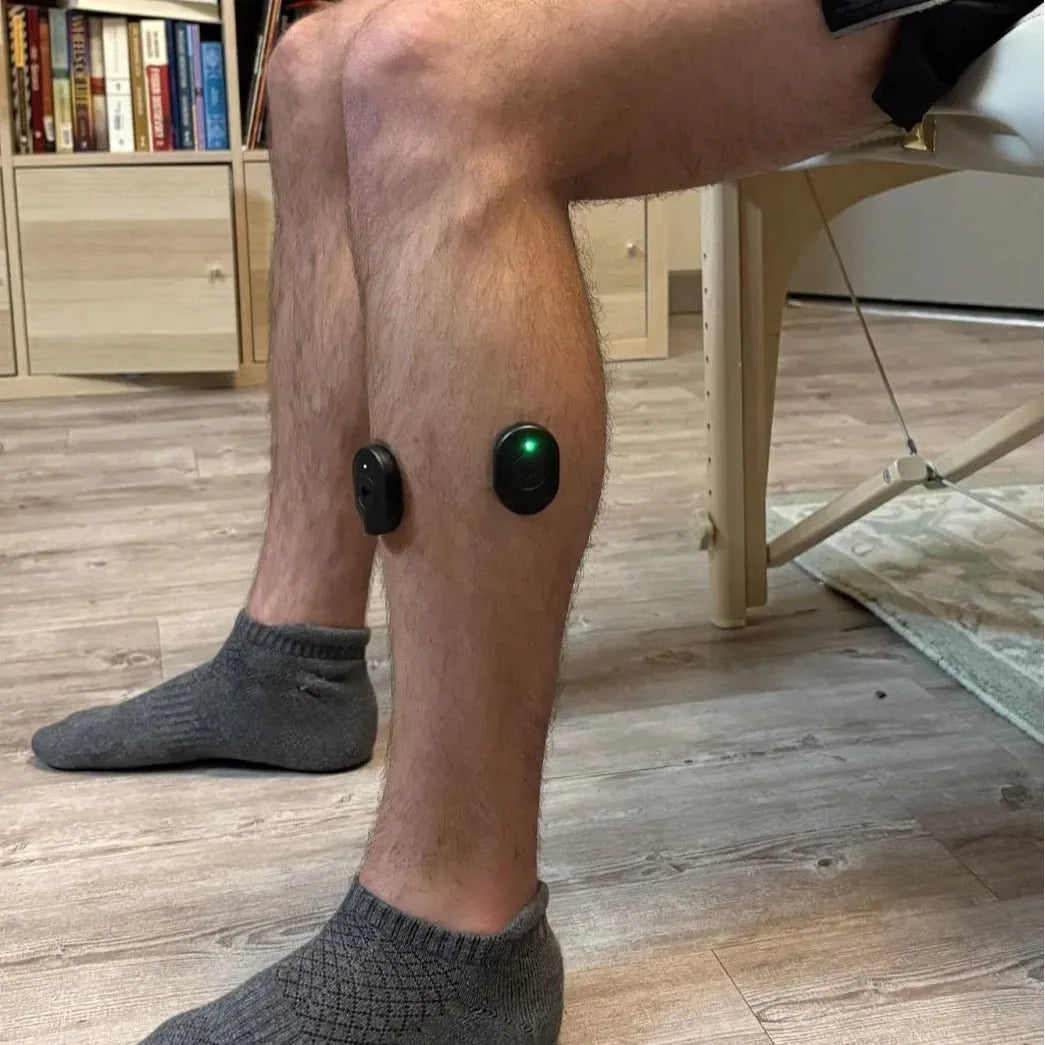
Alleviate Harsh Stiffness
Local vibration therapy has been shown to significantly reduce stiffness and spasticity by wide ranging scientific literature. By stimulating the human neuromuscular system, vibration has been shown to achieve therapeutic effect, showing a promising application for those in need of relief or as an adjunct to the rehabilitation of dysfunctions for those battling neuro conditions.
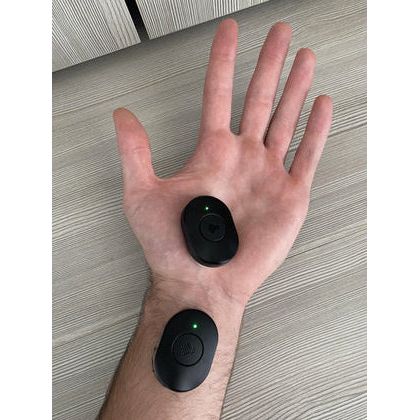
Improve Motor Function
Local vibration therapy has been shown to significantly improve motor function by wide ranging scientific literature. It can enhance muscle strength, improve coordination, and promote neuroplasticity, making it a valuable tool in adjunct to rehabilitation for various conditions. Read more about vibration therapy's profound benefits on motor function here.
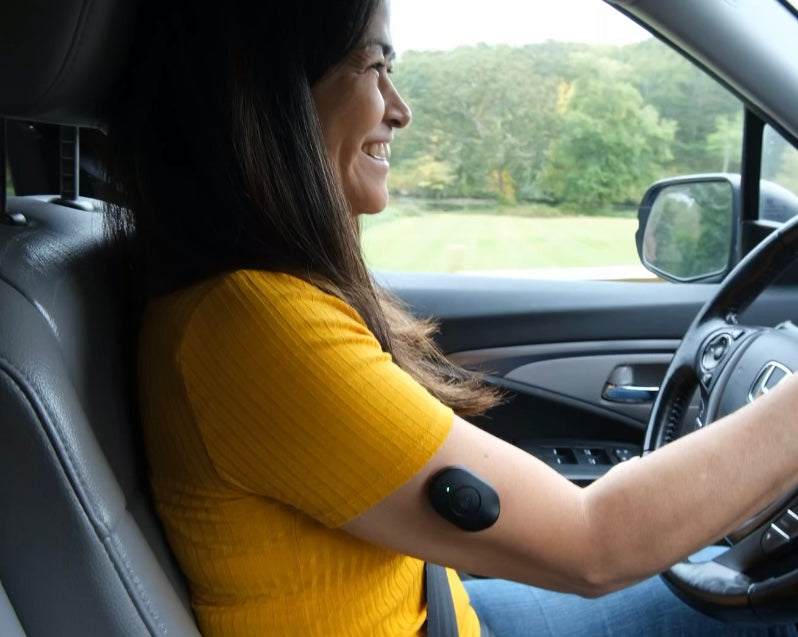
Reduce Pain & Boost Recovery
Local vibration has been shown to drastically reduce pain by wide ranging scientific literature. In addition, local vibration has been shown to decrease muscle soreness in both the arms (biceps) and legs (quadriceps) post-exercise making LVT devices such as Pulse a more portable, gentle, and hands off alternative percussive therapy to massage guns.
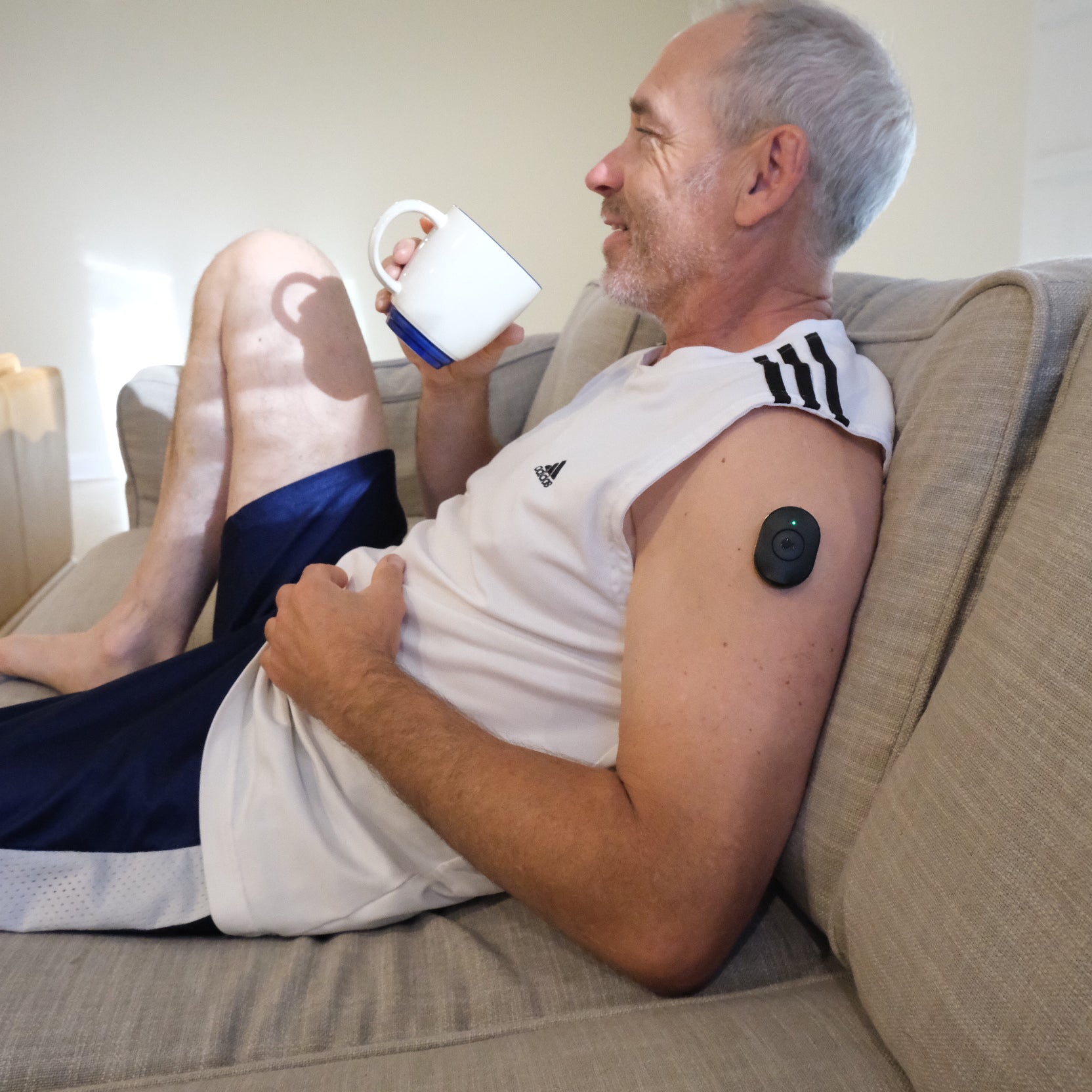
Relax Muscles
Local vibration therapy has been shown to relax overactive muscles that may be associated with spasms or prolonged involuntary muscle contractions. This can lead to improvements in motor function, flexion, and much more.
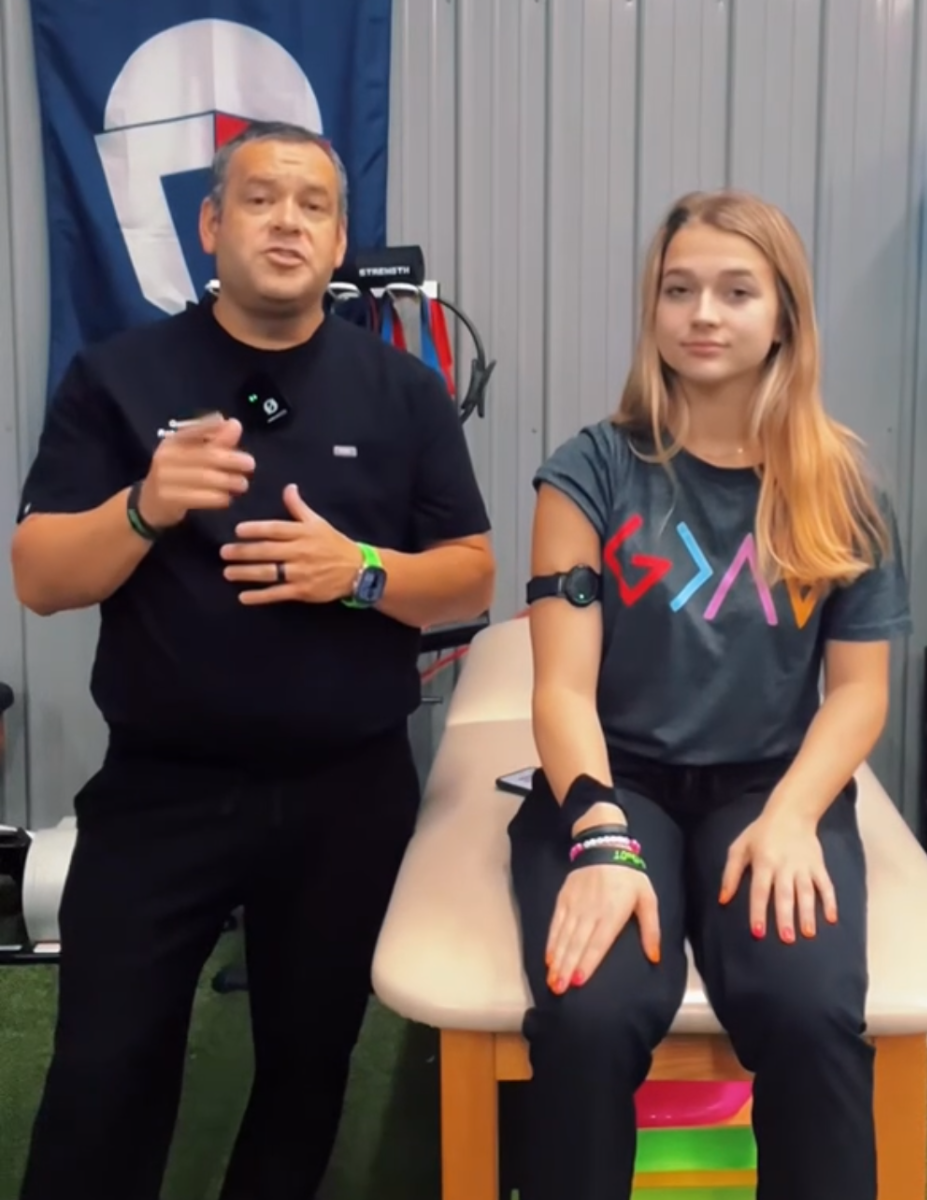
Improve Circulation
The low-frequency vibrations used by the Pulse Device have also been shown to drastically improve blood flow. This may translate to better sensory feedback and can potentially help decrease recovery time and help combat things like soreness and fatigue.
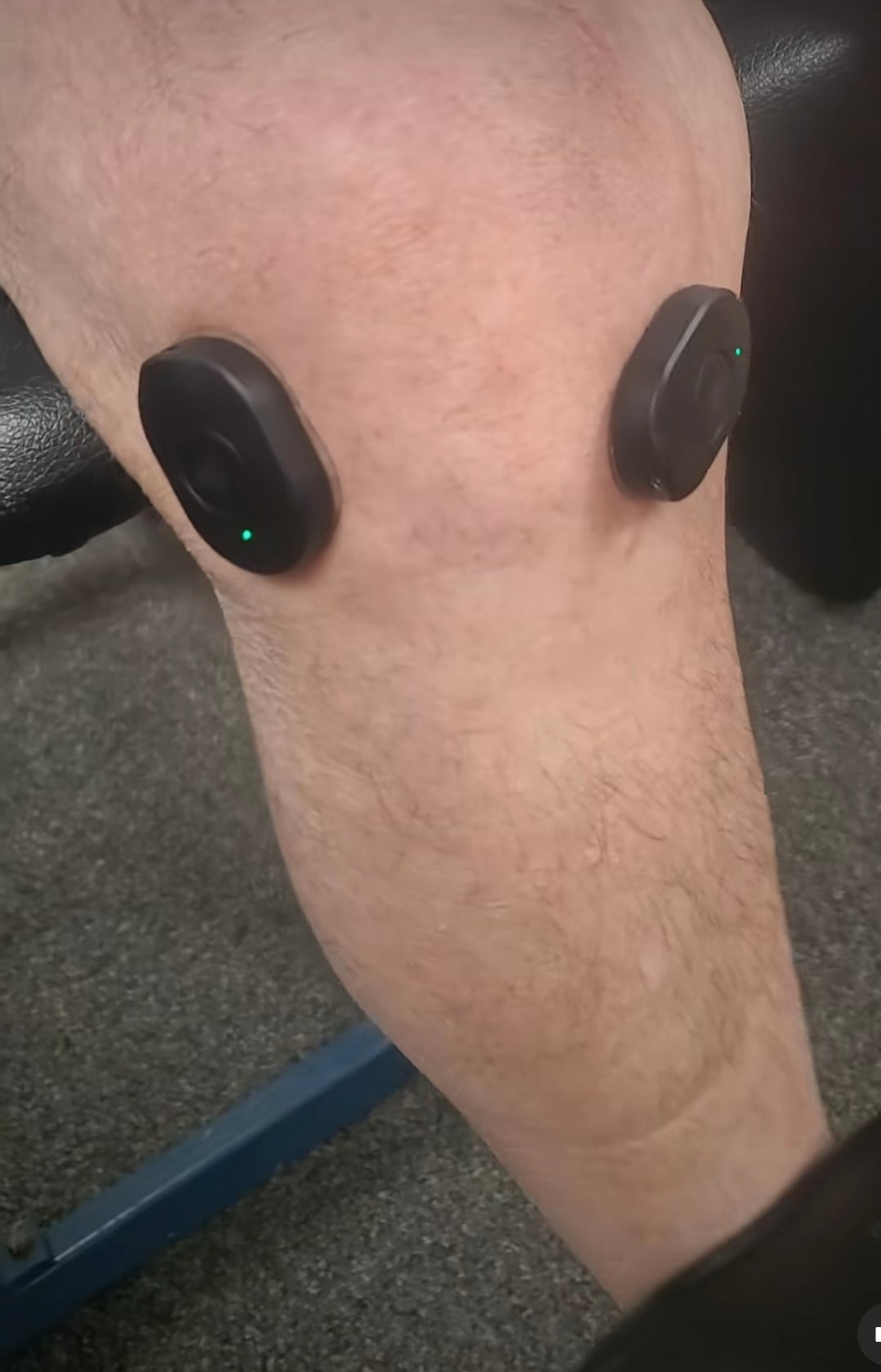
Improve Flexibility & Range of Motion
Low-frequency vibration stimulates stretch receptors called muscle spindles. By doing so, the Pulse Device is able to increase your flexibility and range of motion so that you can move and feel better than ever.
Frequently Asked Questions
Here are some of the most common questions we get:
How does the Pulse Device work?
The Pulse Device is a localized vibration training and therapy device that’s used to improve muscular performance, recovery, and rehab. It’s often used alongside exercise, short movements, or physical therapy & rehab protocols. Local vibration activates sensory receptors (mechanoreceptors) in the skin and muscles. It feels extremely gentle and comfortable. The vibrations are controlled via app and can provide an alternative sensory input that may help "retrain" the central nervous system and allow you to target and activate specific areas.
Here are some of the ways it can help;
1. Improved proprioception: The vibrations stimulate sensory receptors, which can help improve the awareness of where the body is in space (proprioception), aiding movement control and coordination.
2. Activation of dormant pathways: Although the direct pathway might be impaired, vibration therapy can stimulate other sensory pathways that might assist in muscle activation, even if the original signal is not fully functional.
3. Muscle activation: The vibrations can also help the muscles themselves engage more effectively by gently stimulating muscle fibers.
4. Neuroplasticity: By repeatedly stimulating these nerves and muscles, localized vibration might encourage the brain and nervous system to create new pathways or strengthen existing ones, potentially improving motor function over time.
5. Muscular relief: Gentle vibration stimuli can enhance blood circulation and provide relief for harsh pain, tightness, and stiffness, which can often lead to improvements in things like motor function and mobility.
What is local vibration and why use it?
Local vibration is a gentle vibrational stimulus that is directed onto targeted areas of the body to improve your mind-body connection. By improving this connection, you're able to enhance your natural processes so that you can perform better, recover faster, and live better in the short and long term. Whether you want to retrain your body, build stronger muscles, enhance your mobility, decrease pain, or just level up your physicality, you should use the Pulse Device.
Can the Pulse Device help me?
The Pulse Device can help everyone from fitness enthusiasts and trainers, to neuro patients and practitioners. Whether you want to get stronger, retrain your mind and body, experience gentle relief, improve motor function, or just level up your wellness, the Pulse Device can help you.
How do I use my Pulse Device?
How often do I use the Pulse Device?
Our device is meant to be used 3-5x a week during short periods of time between 15-60 minutes while resting, moving, exercising, or during physical therapy and rehab protocols. Many customers report significant improvements in relief, strength, and activation even with short use times. With that said, some users choose to utilize their Pulse Devices multiple times throughout the day, while others use their devices sporadically for specific activities.
How do I know where to place the Pulse Device?
We have comprehensive placement diagrams directly in our app in the Performance section as well as within certain Rehab settings. We also have a wide variety of placement pictures on our website here. You can also find placement diagrams and pictures in our Pulse Routines section, which provides other helpful information and protocols about how to use our device for a wide range of applications.
How is the Pulse Device worn?
The Pulse Device can be worn in multiple ways. The primary way is by using our medical grade silicone gel adhesives that come with every bundle. You can use these adhesives to stick the device(s) anywhere on your body. You can also wear our device using the straps that come with every bundle. These straps can be used with or without the adhesive and help to hold the device down on your arms and legs. These can be great if you intend on performing movements or exercises with our device on. The last way you can wear our device is by putting it under compression wear or tight clothing that allows it to stay in place.
What’s the difference between the Pulse Device and electric stimulators (EMS, TENS, etc.)?
Local vibration therapy and electric muscle stimulation (EMS) both aim to enhance muscle function or improve relief, but they achieve it through completely different mechanisms. The Pulse Device uses gentle mechanical vibrations to stimulate the skin and muscles to potentially improve muscle strength, flexibility, and motor function, while EMS uses electrical impulses to directly contract muscles and cause strong involuntary contractions. The Pulse Device's goal is to help you improve your mind-body connection by providing gentle repetitive stimulation that may retrain your central nervous system, where as electric stimulation bypasses the mind-muscle connection and focuses on triggering automatic movements that will help you then and there. Many EMS users report discomfort due to the strong sense of stimulation and involuntary contractions, where as local vibration users report pain-free and comfortable activation and relief. EMS must be used carefully and should not be applied unless you've done your research or consulted a physician, where as local vibration therapy and training is considered to be a highly safe and effective alternative that can have short and long term effects in a gentle manner.
How do I adjust the vibration setting?
Adjusting the vibration settings is quick and easy using a smartphone or tablet device. Check out our How to Get Started with the Pulse Device video which showcases how to use and adjust the vibration settings via the Pulse Device app.
Will the Pulse Device help me in the long term or only when using it?
Many Pulse users have reported lasting improvements in mobility, activation, strength, pain relief, and more, even when they aren't using the device. Check out some of our customer testimonials detailing their long term improvements here.
Where can I download the Pulse Device app?
Can I use the Pulse Device while walking?
Absolutely! Many people use the Pulse Device while moving around the house, walking the dog, or while getting up from their desk throughout the work day.
Can I use the Pulse Device in conjunction with my rehabilitation?
Absolutely! The Pulse Device uses local vibrations that have been shown to improve muscle strength, motor function, proprioception, activation, circulation, and more. It's great to utilize in conjunction with your rehabilitation protocols at-home or in practice so that you can live and feel better than ever before. We have specific Rehab settings directly on the Pulse Device app built for a wide range of rehab applications.
Can I use the Pulse Device during my workout?
Absolutely! The Pulse Device has specific performance settings designed to be used during isolated exercises where you're trying to target and activate a specific muscle. These can be great for improving your mind-muscle connection and building stronger muscle wherever you need it most. If you want to use these settings, click on the Performance section in our app and then select the muscle that you're training.
Can I use the Pulse Device for relief?
Absolutely! The Pulse Device has specific recovery settings designed for improving blood circulation, pain relief, stiffness relief, and more. These settings can be used at home, at work, or really anywhere where you need it. To use these settings, open up the Pulse Device app and click on Recovery and select the specific type of relief you're looking for.

